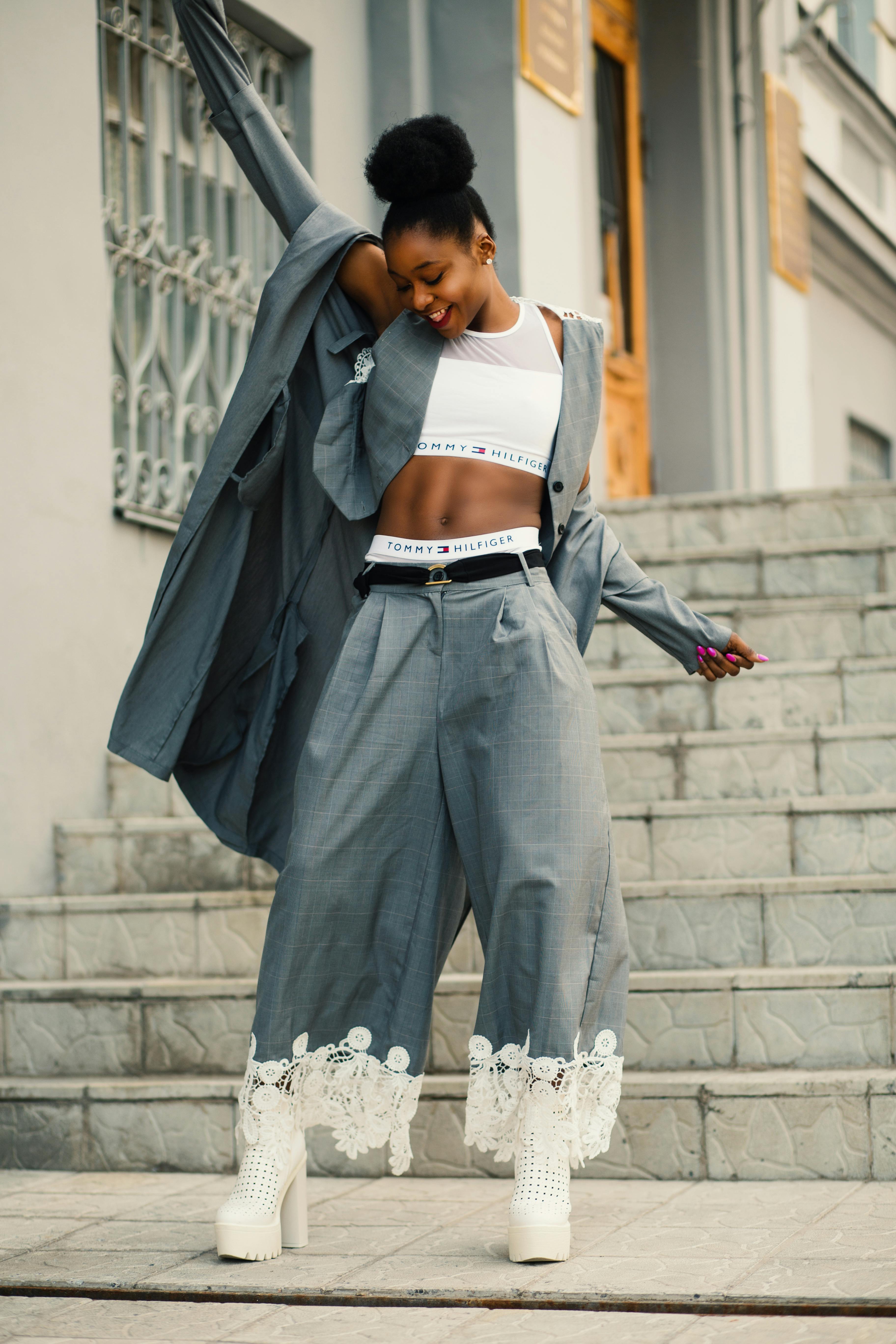
Maximalism stands as a bold counterpoint to minimalism, the dominant design aesthetic for much of the recent past. Embracing the motto “more is more,” maximalism revels in an abundance of color, pattern, texture, and objects. Think overflowing bookshelves, mismatched furniture collections, and walls adorned with a vibrant tapestry of artwork.
A Reaction to Minimalism
Maximalism emerged in the postmodern era, a period of cultural upheaval that challenged the rigid structures and values of modernism. Minimalism, a modernist style that championed clean lines, simplicity, and a muted color palette, was a prime target. Maximalism rejected the minimalism’s constraints, opting instead for a celebration of diversity, self-expression, and the sheer joy of “stuff.”
Beyond Mere Accumulation
Maximalism goes beyond simply accumulating a lot of things. It’s about curating a space that reflects your personality and tells a story. Treasured heirlooms can mingle with vintage finds, bold colors can be juxtaposed with contrasting patterns, and the overall effect is one of vibrant energy and eclectic charm.
Key Characteristics of Maximalism
- Layering: Maximalism thrives on layering different elements. Think patterned rugs atop hardwood floors, throw pillows piled high on couches, and artwork displayed in a salon-style hang.
- Bold Colors and Patterns: Maximalism doesn’t shy away from color. Embrace jewel tones, rich textures, and a playful mix of patterns.
- Global Influences: Maximalism draws inspiration from all over the world. Ethnic textiles, traditional crafts, and souvenirs from your travels can all find a place in a maximalist space.
- Personal Collections: Maximalism is a great way to showcase your passions and interests. Display your collection of seashells, antique cameras, or vintage toys with pride.
Maximalism in Everyday Life
Maximalism isn’t limited to interior design. It can be a guiding principle for fashion, art, and even literature. Maximalist fashion embraces bold prints, statement jewelry, and a playful layering of clothing. Maximalist art is all about excess, with large-scale works, intricate details, and a focus on sensory overload. Maximalist literature, exemplified by the works of David Foster Wallace and Thomas Pynchon, is dense and digressive, reveling in complexity and rich detail.
Maximalism: A Trend on the Rise
Maximalism is experiencing a surge in popularity, particularly among younger generations. Perhaps it’s a reaction to the sterile minimalism that dominated design trends for so long. Maximalism offers a way to create a space that is personal, expressive, and full of life.
However, it’s important to remember that maximalism done poorly can quickly veer into clutter. The key is to curate your space with intention and ensure that all the elements, though abundant, work together to create a cohesive and visually stimulating whole.